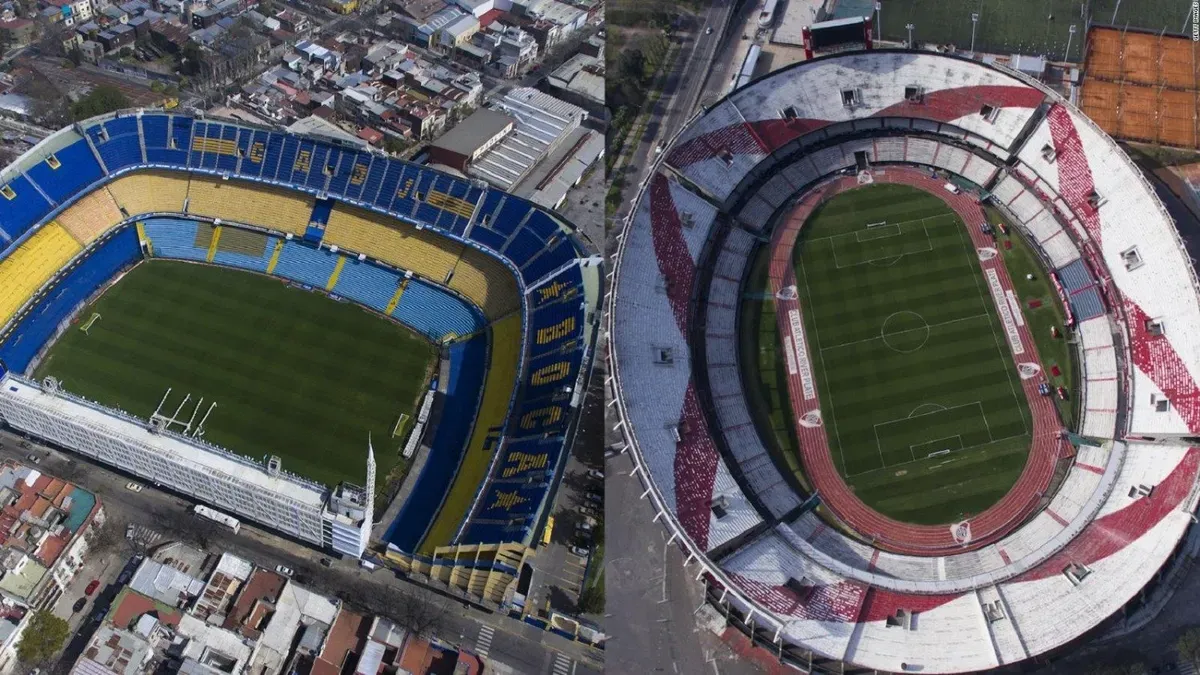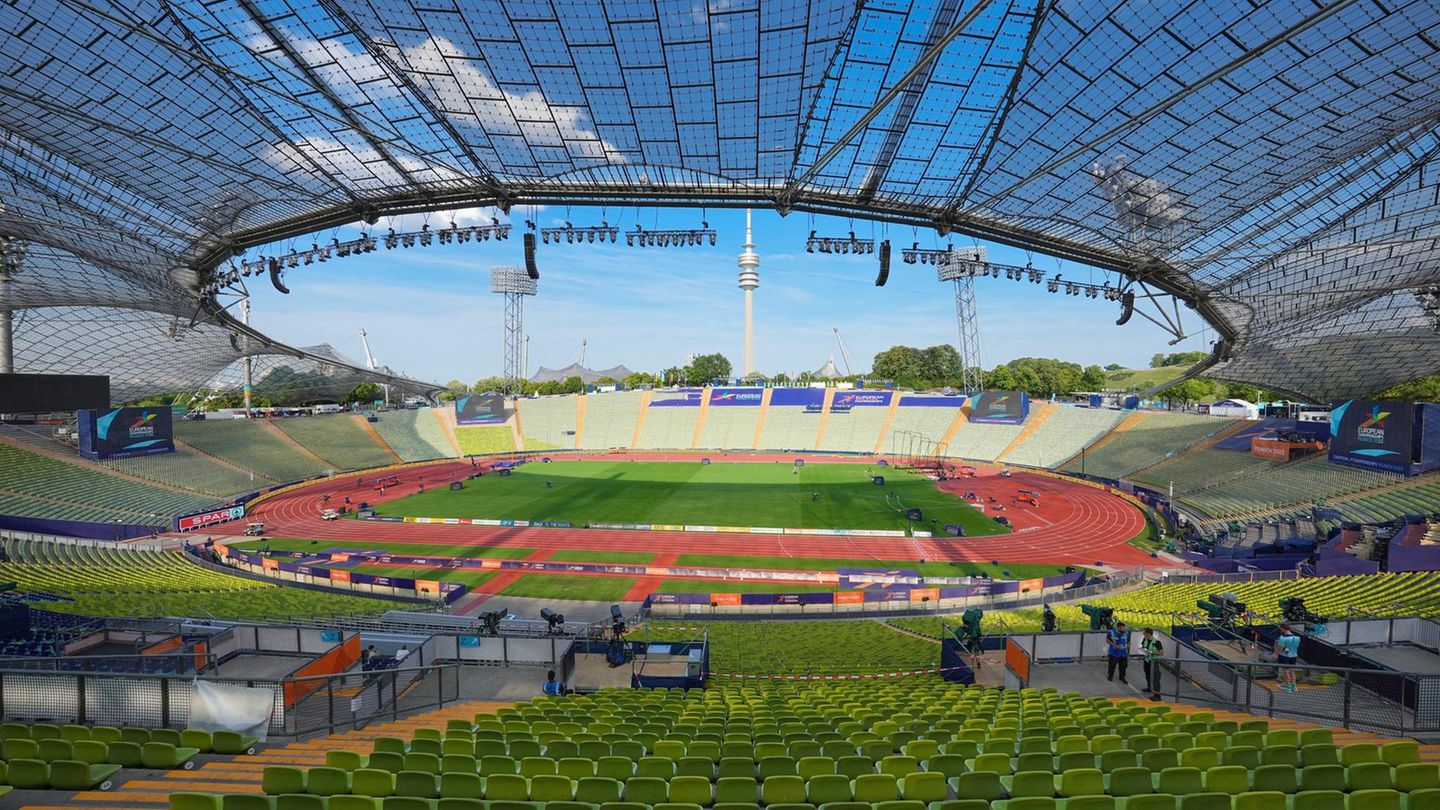With their history, it seems that the two greats of Argentine football were destined to be rivals for life.
He destination Many times it shows us that, no matter how much we want to move away from certain places, people or situations, they reappear in front of our eyes and Our paths cross again and again. And rivalry Between the two football clubs most important in Argentina, it seems cut with this mold.
The content you want to access is exclusive to subscribers.
The coincidence of May 25 As a date of two historical milestones in Argentine football, it highlights the importance of this day in the construction of the country’s sports identity. The birth of River Plate and the anniversary of La Bombonera They represent key moments that consolidated institutional and sports structures.


Boca River Cancha.webp

The birth of River Plate: a before and after in the history of football
River Plate was founded May 25, 1901 in the Barrio de la BocaBuenos Aires. The initiative arose from the fusion of two pre -existing clubs, Santa Rosa and La Rosales, whose members decided to create a new institution with the aim of consolidating their presence in local football. The first meeting was held in Almirante Brown 927, where the name of the club was defined and Leopoldo Bard Like its first president.
Since his early years, River Plate stood out for his organization and sports commitment. With the passage of time, the club was positioned as one of the most successful in Argentina, accumulating numerous national and international championships. River is the team that played the most seasons in the first division of Argentine football, with 117 participations between amateurism and professionalism.
River Boca Superclasico.jpg

The Bombonera Anniversary: The mythical Argentine football stadium
La Bombonera, officially called Alberto J. Armando Stadiumwas inaugurated on May 25, 1940 in the Barrio de la Boca, Buenos Aires. Its construction responded to Boca Juniors to have its own stadium that could house its growing number of fans. The design was in charge of the Slovenian architect Viktor Sulcic, who devised a unique structure with three overlapping trays.
Since its opening, La Bombonera became a Argentine and World Soccer Symbolcharacterized by its particular acoustics and its environment of great intensity during the parties. Over the years, the Alberto J. Armando stadium has gone through various remodeling and extensions.
Source: Ambito
I am Pierce Boyd, a driven and ambitious professional working in the news industry. I have been writing for 24 Hours Worlds for over five years, specializing in sports section coverage. During my tenure at the publication, I have built an impressive portfolio of articles that has earned me a reputation as an experienced journalist and content creator.




